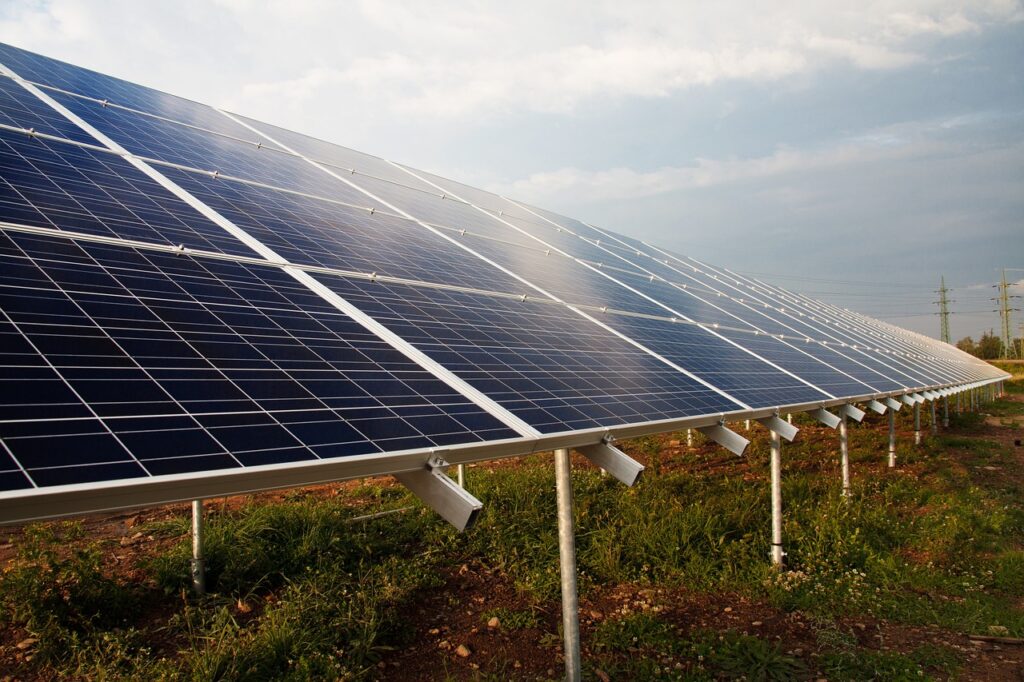Too often residents are prevented from entry into solar production because of the expensive initial costs of installation, the lack of access to a rooftop, or that they rent their home.
Community solar gardens provide a way for households who traditionally could not access solar generation a way to benefit financially from solar power and reduce carbon emissions.

What are the benefits?
One of the biggest benefits of a community garden subscription is that it opens renewable energy production to anyone within the service area of a garden without the cost of installing rooftop solar panels, which can be a major barrier for homeowners.
Another benefit of a solar garden subscription is it is transportable, a major benefit to renters who plan to stay in their community. Even if a subscriber moves, as long as they are still within the service area of the community solar garden they have subscribed to, their subscription will travel with them.
What is a community solar garden?
A community solar garden is a large collection of solar panels in one central location, often in vacant spaces or lots within a community. The garden’s developer sells subscriptions to residents and businesses located within the service area for the garden. For that subscription, users receive an energy credit on their utility bill tied to how much energy their portion of the panels produces during that month.
Just like rooftop solar, the energy produced by solar gardens varies dependent upon the weather. Users see the largest credits on their bill during the sunniest months and a subsequent drop in production during winter.
The cost to participate in a community solar garden and the overall financial benefit for a subscription varies by project and developer. Some projects require no up-front costs, others charge a small subscription fee for new users, and there is no set standard for the monthly cost of a subscription. The length of each subscription also varies by developer.
Solar Gardens in Colorado
The Colorado Legislature cleared the way for community solar projects in 2010 and included a provision that 5% of the solar subscriptions would go to income-qualified households and large buildings like housing authorities. Since then, Energy Outreach Colorado (EOC) has observed the additional barriers faced by income-qualified households including the subscription bill paid to developers and any requirements that the customer is banked or use online automatic billing platforms for their subscription. As a result, EOC has successfully advocated for more community solar subscriptions to be donated to income-qualified households to both increase access and provide greater bill savings for those who need it most.
In 2021, Energy Outreach Colorado partnered with Xcel Energy to launch the first solar gardens in the nation that are owned by an investor-owned utility and are 100% dedicated to limited-income households. Over 900 participants from EOC’s Bill Payment Assistance Program subscribed to these solar gardens and see approximately 20% savings on their electric bill annually. City and County governments also joined in the partnership and provided funding to increase the savings for their residents by up to 50% of their annual electric bill.
EOC also continues its partnership with several solar developers installing new projects across the state who are donating subscriptions to income-qualified households. An anticipated 10,000 additional income-qualified households are set to benefit from community solar subscriptions over the next two years, receiving nearly $9 million in bill savings per year for the lifetime of the solar array.

